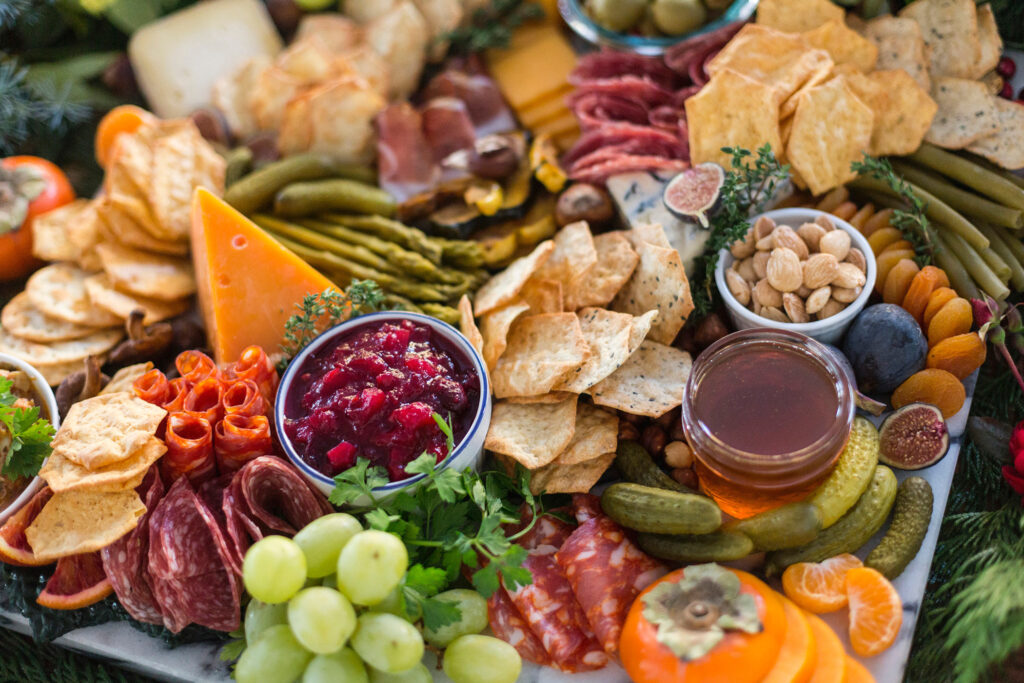
This is often difficult for many people.
WHAT HEALTHY SNACKS CAN I EAT??? Here is my answer: LOTS of foods are healthy and this post will open your eyes to a lot of delicious foods that will satisfy your cravings!
1. Fruit
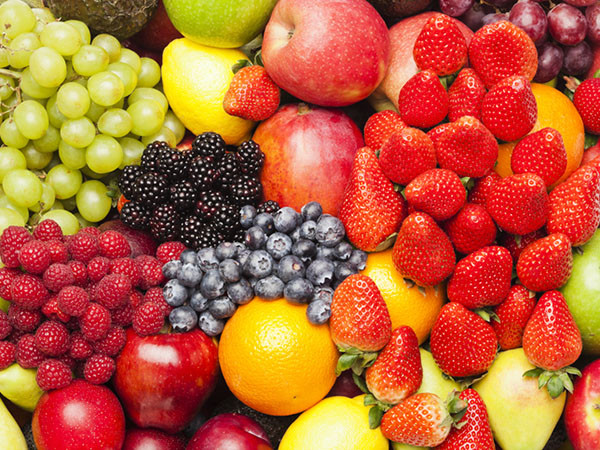
Yes, of course! You should be eating about a cup of fruit a day (depending on your physique). All kinds of berries, are the best since they are low in fructose and HIGH in anti-oxidants. It’s the great way to get your vitamin C too!
Here are ways I get my fruit in:
- Smoothies! Frozen berries are a great way to add to my green smoothies. I have a green smoothie (with dark greens) at least 3-4 days a week. Excellent for you!
- A plain piece of fruit like a banana, apple, or orange (You can really add any fruit you want as a snack—it’s WAY BETTER than a snack with sugar!
- Dip it in nut or seed butter! This way you can get a little protein too and excite the tastebuds! Example: almond butter, cashew butter, or tahini
- Chopped and dropped into a salad. Adding strawberries, a little cut up apple, or blueberries thrown it makes salads delicious!
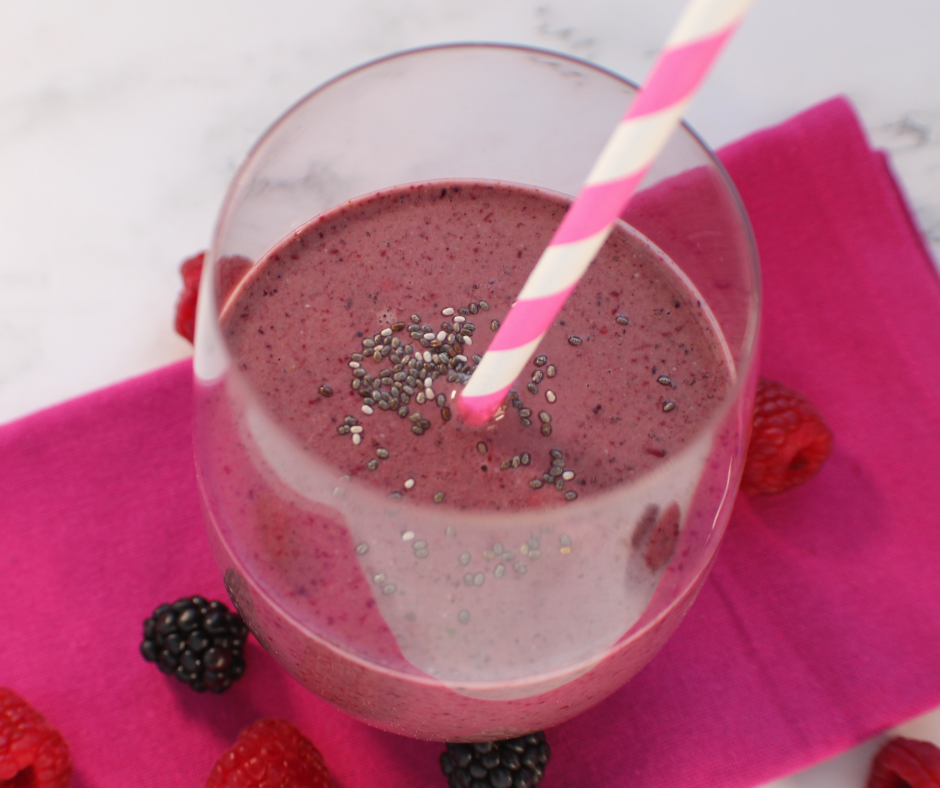
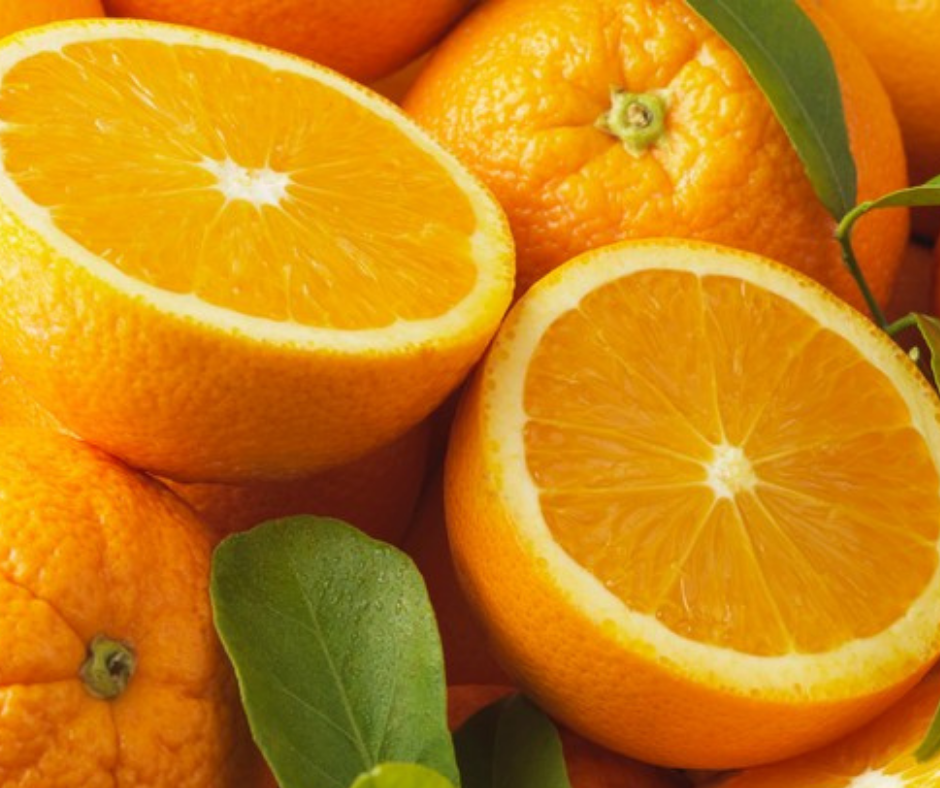
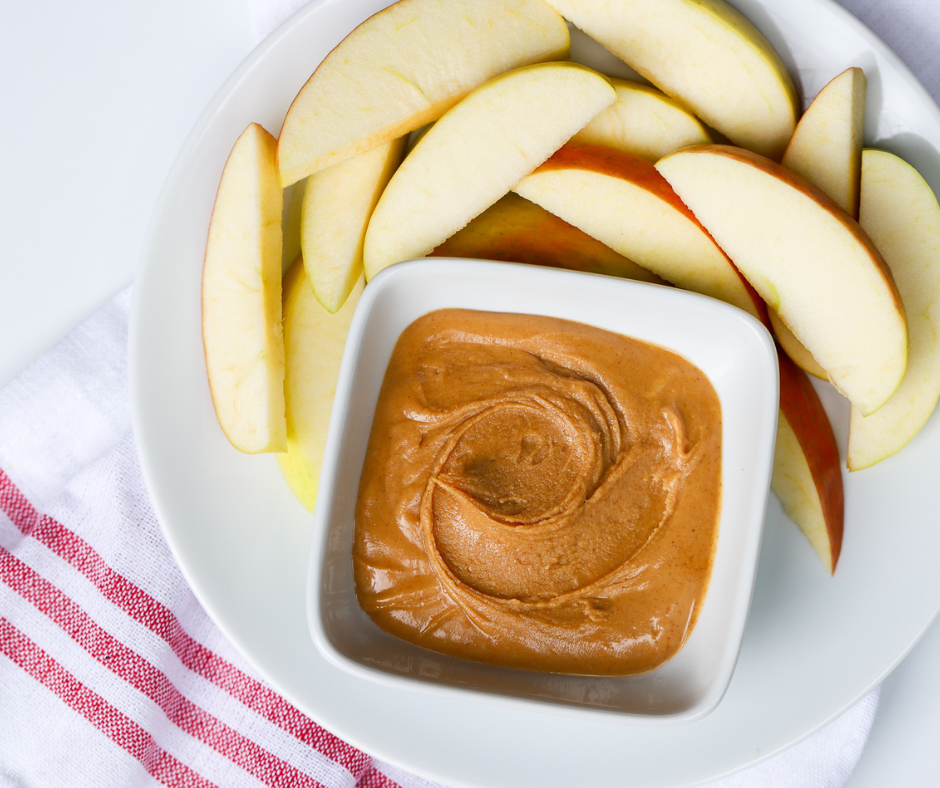

2. Veggies

The more vegetables you eat the better. Eat a RAINBOW of them if you can! The more colors you can eat (including dark greens) the better. Your body will love you! Besides plain (healthy), there are a variety of dips you can use (Don’t use your typical ranch dressing from the grocery store—They are full of additives, sugars, and trans fats—not good!)
Here are a few:
- Healthy ranch dip (Make your own or buy a healthy one with either avocado oil-based mayo or olive oil-based)
- Spread on nut butter—heard of ants on a log?
- Make a hummus dip on a weekend (or try substituting cauliflower or zucchini instead of chick peas). Check store bought ingredients—You’ll want it with either olive oil or avocado oil.
Side note: I always have celery and carrot sticks in the fridge for snacking (Sometimes I’ll cut up peppers or cucumbers too).


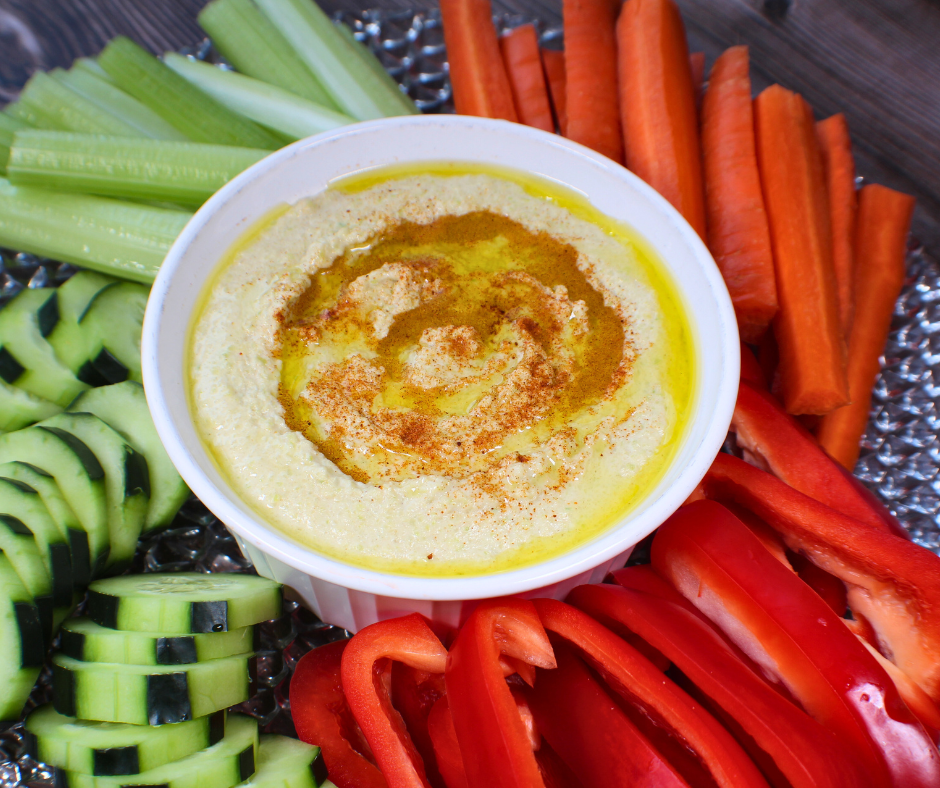
3. Nuts and Seeds
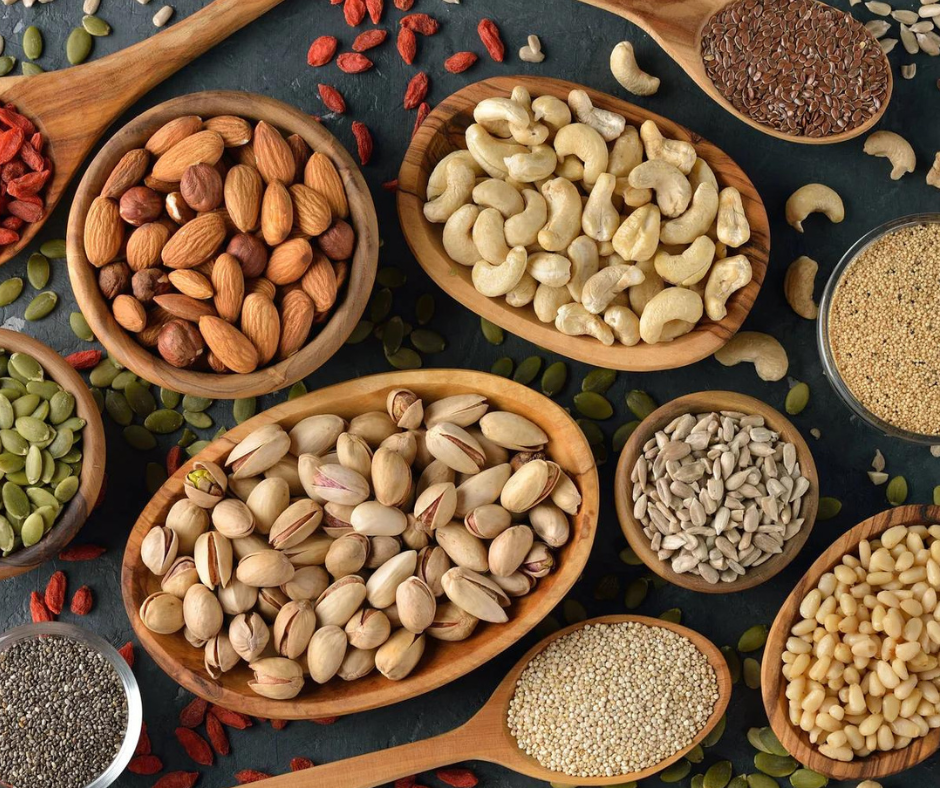
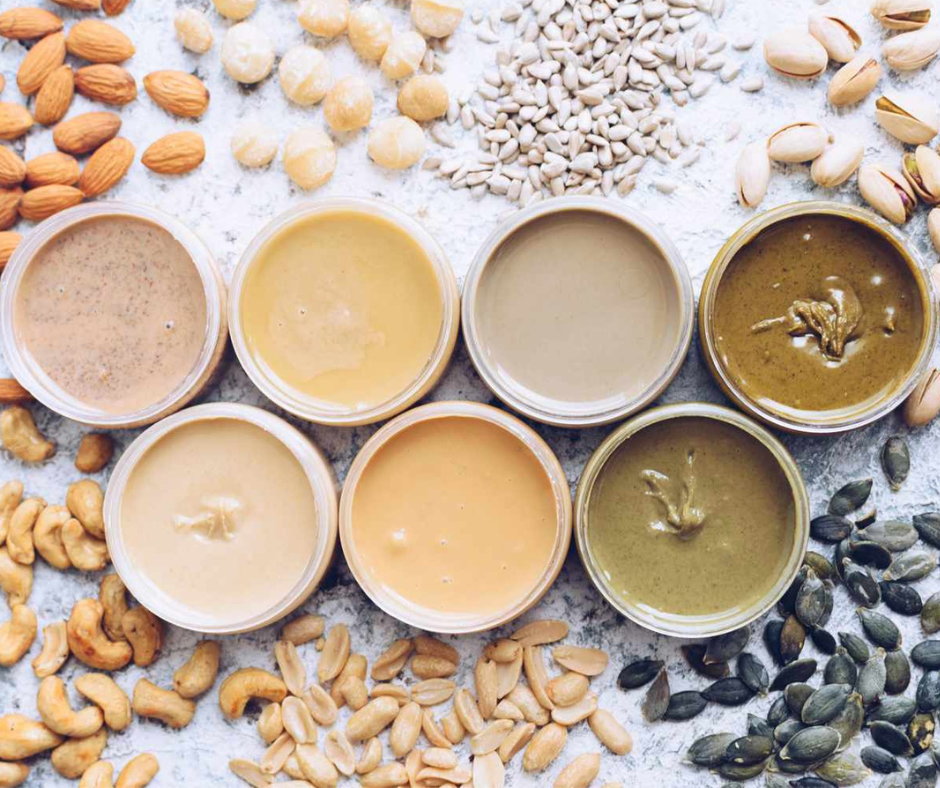
Research shows that making nuts a regular part of a healthy diet helps to regulate our weight, and can protect against chronic diseases (such as heart disease and diabetes).
Although there has been limited research on seeds, they are thought to have similar health benefits to nuts due to their nutrient content which is comparable to nuts.
Nuts and seeds take up a reasonable amount of space in my pantry. Between snacking, baking, and cooking, nuts and seeds are both versatile and delicious. There are so many kinds, it is hard to pick a favorite. You can swap most of the nuts and seeds I use in some recipes for others, depending on what you prefer. It’s also great to experiment with different flavors and textures of nuts and seeds!
Commonly eaten nuts include:
- almonds
- Brazil nuts
- cashew nuts
- hazelnuts
- macadamias
- pecans
- pine nuts
- pistachios
- walnuts
- peanuts – although actually legumes, they are classified as nuts due to their similar characteristics to other tree nuts.
Note: I stay away from peanuts for the most part. The peanut shell is soft and crops from chemicals can get into the peanuts. You could buy organic though. Buy all of your nut butters without added sugars. Good info on peanuts.
The nutrient profiles of seeds are also very similar to those of nuts, although they tend to have a higher proportion of polyunsaturated fats than nuts. Common seeds include:
- pumpkin seeds
- flax seeds
- sesame seeds
- poppy seeds
- sunflower seeds
- psyllium seeds
- chia seeds
4. Cured vs Processed Meats
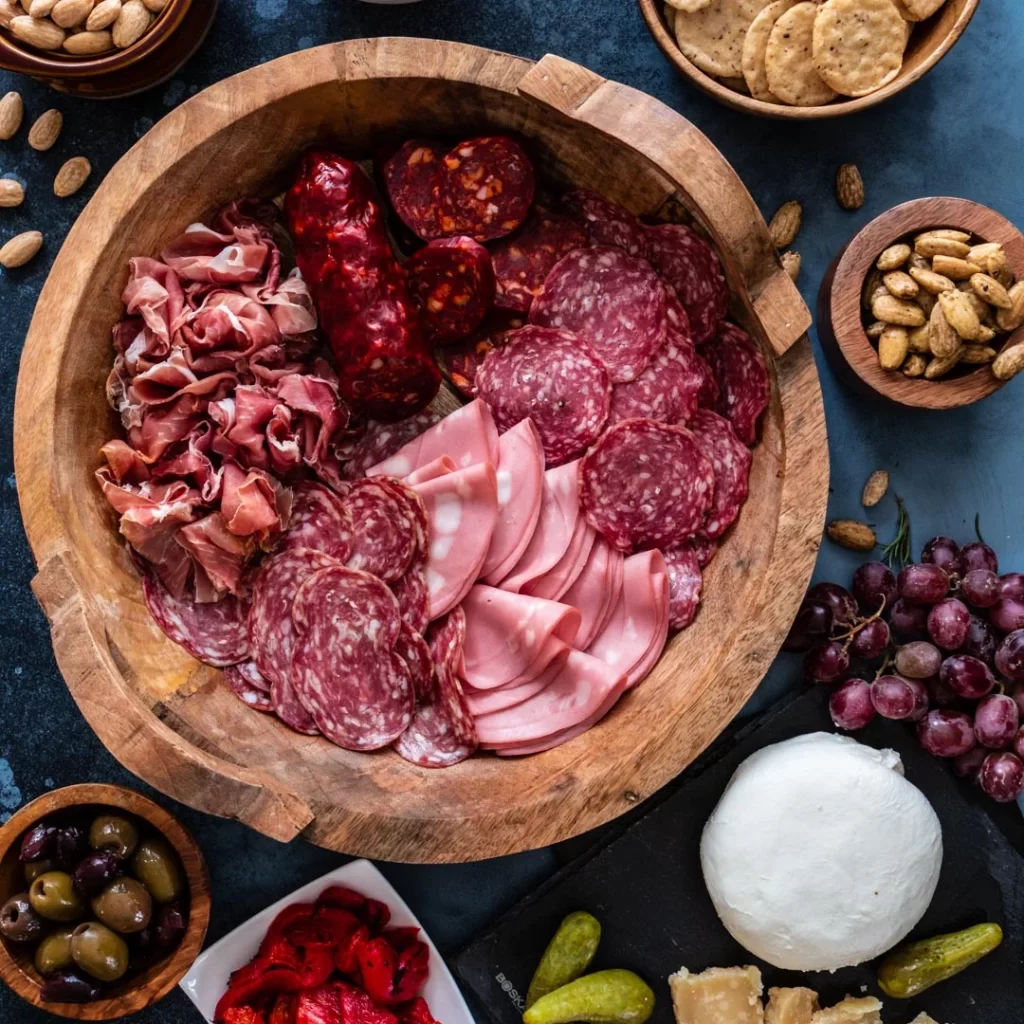
You may think that this kind of snack is unhealthy. Read below, both positive and negative info.
What are cured meats?
It is meat that goes through the process of curing that involves preservation methods. Any moisture from meat is removed by adding salt. The shelf life of this meat increases while adding some unique flavor. Curing is a process that can add spices, sugars, nitrates, and nitrites to your meat. These are added to prevent harmful organisms growing in or on the meat. I try to find meats without added sugar.
Nitrate vs. Nitrite
Nitrates are molecules made up of nitrogen and oxygen. They are found naturally in soil and water and are important in the nitrogen cycle. Nitrites form via the breakdown of nitrates; an oxygen molecule is lost. Our bodies also produce nitrate from the protein L-arginine.
Nitrite is now known to be the chemical agent that drives the curing process, rather than nitrate. Not only does nitrite produce the characteristic flavors and pink color of processed meats, it also preserves the product. This extends shelf-life and keeps the product safe from deadly bacteria such as Clostridium botulinum.
Are cured meats and processed meats the same?
Cured meat and processed meat have similar characteristics with a few differences. The major difference is fermentation with different ingredients, which enhance the flavor and further increase the shelf life of those meats.
The term “processed meat” is anything but, as there is no strict definition. The World Health Organization defines it as “meat that has been transformed through salting, curing, fermentation, smoking, or other processes.” That gives us some clarity, but the vague wording of “other processes” leaves a massive hole in the definition. By that guidance, anything other than raw meat could be said to have been processed, but in general, freshly cooked meats and even some canned options like tuna and salmon are not considered to be processed. On the other hand, almost all varieties of deli meats, even non-preserved options, are generally considered processed.
Are cured meats healthy?
The practice is still at the trendy stage for most Americans, but it is steeped in tradition around the world. People have been preserving meats with salt for thousands of years in order to make it safe in an unstable, non-refrigerated and uninspected environment.
There are lots of cured meat types, including the following:
- Bacon (I eat on occasion)
- Salami (I eat on occasion)
- Corned beef (I will eat this on St. Patrtick’s Day)
- Sausages (I look for sausage without sugar)
- Ham (I rarely eat it because I don’t love the taste)
- Jerky or beef sticks (I only buy grass-fed/sugar-free)
- Pepperoni (I eat this once in a while)
- Prosciutto, etc. (I eat this once in a while)
- Hot dogs (I stay away from)
So many options mean so many recipes, and you can eat these meats in several ways. However, it is important to know about the effect of these meats on your health. It is because certain cases link these meats to different types of cancers—it depends on where you get the information from. Not only that but these are linked with other health issues as well (again, depending on the resources you read). So, here are all the important factors you need to consider.
Before jumping straight to those health factors, remember that:
- Curing adds nitrates that are usually found in spinach, celery, and beets
- Curing uses salt, and that can increase the sodium content of meat
- Prosciutto –In Italian, prosciutto simply translates to “ham.” There is prosciutto crudo, a raw, cured ham, and prosciutto cotto, or cooked ham.
- Salami – Genoa, soppressata, pepperoni, Finocchiona, hard salami. There’s a world of salami out there! A quality store will have a lot of options
- Mortadella – Similar to bologna but better, much better. It is cooked, cured high quality pork meat that is originally from the Bologna area in the Emilia-Romagna region, and produced only in central and northern Italy. Mortadella is really popular where I come from (São Paulo), probably because of the huge Italian influence.
- Spicy Chorizo – This is for the heat lovers
5. Cheese from goat or sheep milk
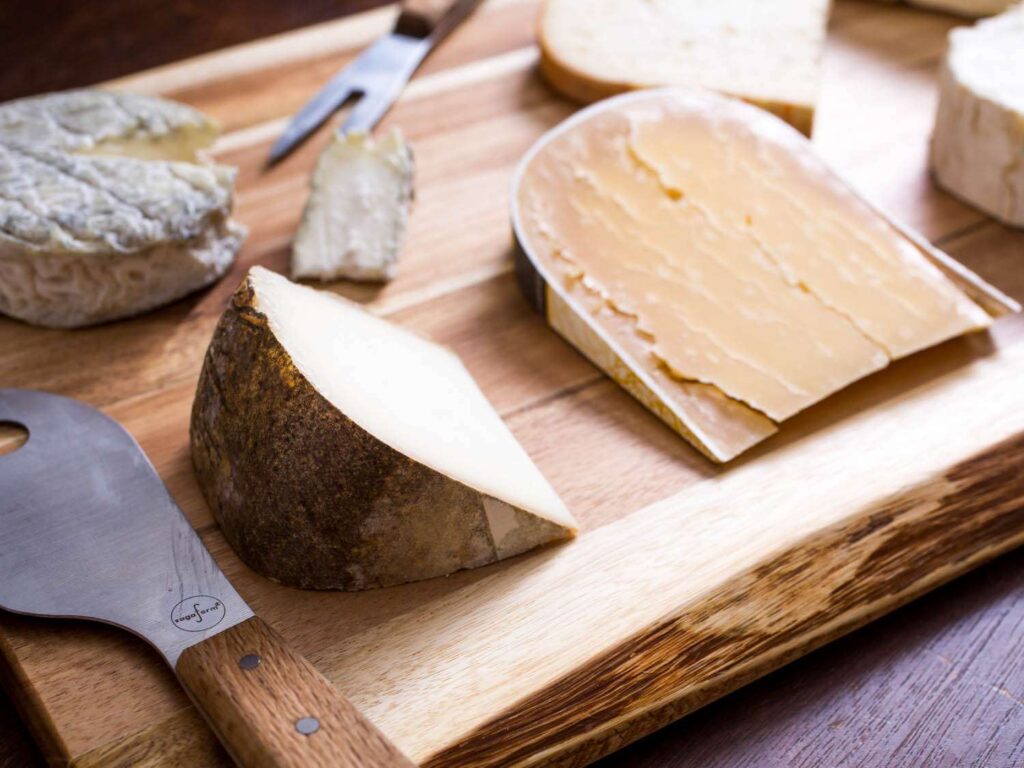
Dairy from sheep and goats are different than from cows.
For many, cow’s milk is very inflammatory, causing gut problems, allergies, acne, and eczema. Modern cows are bred with high levels of A1 casein, not A2 casein.
Goat’s and sheep’s milk only has A2 casein and is not inflammatory. People who consume milk with A2 casein, studies have shown, reduce inflammatory bio markers, improve cognitive function, and no gastrointestinal symptoms appear. A2 milk also boosts the dynamic detoxifying antioxidant compound called glutathione. Goat’s milk can be a good alternative to cow’s milk.
6. Gluten-free crackers/homemade gluten-free treats


As humans, we don’t need any foods from the grain family to get all the nutrients we need. What’s a grain? It’s a seed of grass. Grains contain both phytic acid and enzyme inhibitors. Phytic acid is a natural acid contained in the bran or outer hull of grains. It can combine with minerals such as calcium, iron, and zinc to block their absorption in our intestines. An enzyme inhibitor is a molecule that binds to an enzyme (located in our cells to facilitate chemical reactions) and decreases its activity.
Conventional flour is refined wheat. Whether bleached or not, it can effects our bodies in unfortunate ways. Some examples are weight gain, belly fat, fatty liver, complications of pre-diabetes, diabetes, high cholesterol, and other health issues. Did you realize that flour is worse than sugar? Sugar has glycemic index of 63 while flour has a glycemic index of 71. Dr. Eric Berg explains the difference between sugar (processed sugar cane) and flour (processed white flour) and clarifies that flour is worse.
Refining flour depletes it of vitamins and minerals. While food companies sometimes add some back in, they may also add unnatural ingredients. Benzoyl peroxide is often added to flour to bleach it. Then potassium bromate may be added to enhance and strengthen the dough’s elasticity. Europe, China, Brazil, and Canada have banned potassium bromate because it’s known to cause cancer in animals.
Info on gluten: Gluten is a protein found in some grains like wheat, barley, and rye. It serves as a “glue” to hold the dough together. For some people, gluten can be difficult to digest. In these cases, peptides (large sections of amino acids) cross through the wall of the small intestine and travel to the rest of the body. This can result in an autoimmune disease that creates severe inflammation in the gut. If you have an autoimmune disease or other conditions, I recommend avoiding gluten when all possible. There are many grains than do not have gluten such as oats, buckwheat, quinoa, rice, teff, amaranth, and sorghum.
If I’m craving treats, I’ll make some cookies or treats from my cookbook or find a healthier, gluten-free treat I can make by searching the web. Or I will buy crackers that are gluten-free that have more natural ingredients—Mary’s Gone Crackers is a great one!
The truth about sourdough bread

OK. Now that I told you about the dangers of eating some grains and gluten, I do want to be purely transparent! I have staring making sourdough bread and just experimenting with it. If you need to eat a little bread once in a while—have sourdough. Yes, I’ve been using organic, white, and unbleached flour to make it. I’m not baking it often, just once in while as a treat. I’ve always loved sourdough! Making your own is much better since you know exactly what’s going into the bread (good flour, sourdough starter, water, and salt). A friend of mine is milling and making her own flour which is more natural than the flour you can buy so I will be getting some from her soon!
How is sourdough bread different than other breads?
Sourdough bread is bread made via the fermentation of dough. Real sourdough is made with a fermented sourdough starter, rather than with yeast. It also has a lower gluten content, lower anti-nutrient content and lower pH than regular bread. Sourdough is also often described as having more flavor and complexity and a better texture than yeasted breads.
I’ve been following Dr. Axe for years, shortly I was. diagnosed with MS in 2015. This information is on his site.
1. May Be Easier to Digest Due to Less Gluten/Anti-nutrients
There’s reason to believe that among people with gluten sensitivity (but not celiac disease), sourdough bread may be more digestible than commercial loaves made with processed wheat flour.
The fermentation process increases acidic conditions in sourdough and helps produce enzymes that partially break down proteins, including gluten. This leads to a lower overall gluten content and decreased levels of phytates/phytic acid and other “antinutrients” than can interfere with nutrient absorption and digestion.
2. Lower Glycemic Index
Studies have found that whole grain sourdough breads have a somewhat lower glycemic index score compared with other types of bread, especially highly processed breads made with white flour.
Whole grain sourdoughs that are made with whole wheat flour, rye and other grains are recommended for those following a Mediterranean diet, due to their supply of filling dietary fiber.
Is sourdough bread good for weight loss? Of course it depends how much you eat of it, but it can be if it helps fill you up and is eaten as part of a balanced diet.
In fact, some studies have found that sourdough tends to lead to higher satiety (fullness) compared to other breads, perhaps because of its protein and carbohydrate digestibility and absorption.
Again, of course if you have celiac disease you can’t have this. THIS IS A ONCE IN A WHILE TREAT FOR ME. I don’t really want to condone eating a lot of bread. Just like other treats, once in a while is OK but try not to make a habit of getting away from WHOLE FOODS (especially fruits and veggies that your body loves!).
No body has the perfect diet, including me! We are al bio individuals and you should eat what satisfies you but try to make it as healthy as possible. Find joy in the healthy!
Happy Snacking!!!
Adrienne
xo

Love this love you. Joey